January 22 stands as one of history’s most eventful days, witnessing the rise and fall of empires, groundbreaking discoveries, and moments that shaped our modern world across centuries of human achievement.
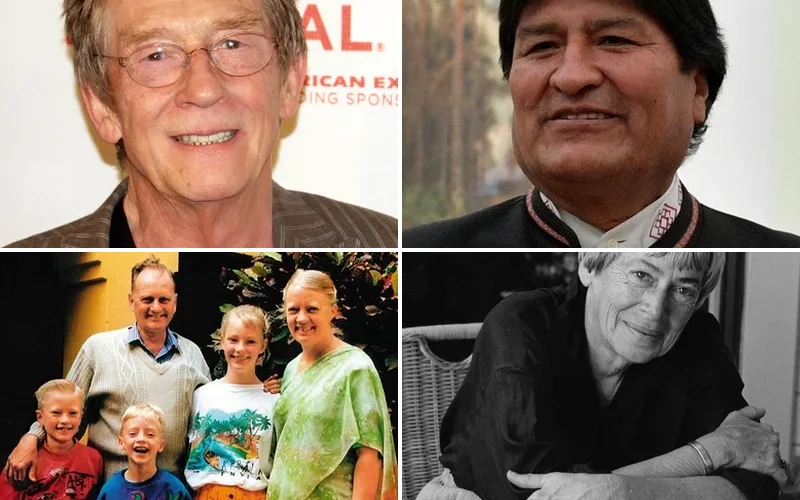
Politics and Government Events on January 22
1901 – Edward VII Proclaimed King of the United Kingdom
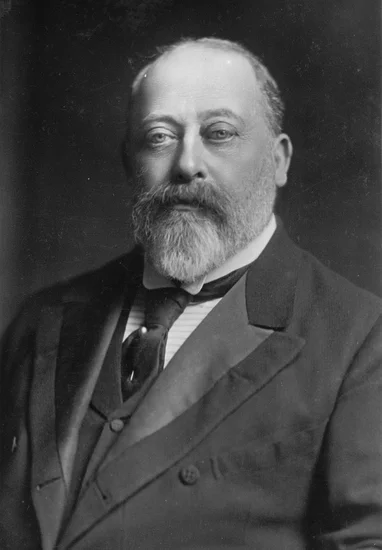
Edward VII ascended to the British throne following the death of his mother, Queen Victoria, ending the Victorian era. The new monarch brought fresh perspectives to royal duties after decades as heir apparent.
His proclamation marked the beginning of the Edwardian era, characterized by social reform and diplomatic innovation. Edward’s reign would witness significant constitutional changes and the strengthening of international alliances.
1924 – Ramsay MacDonald Becomes First Labour Prime Minister
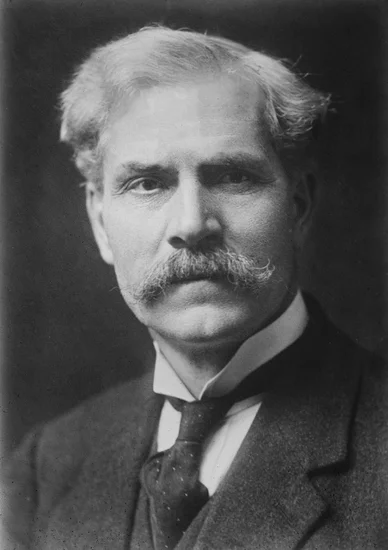
Ramsay MacDonald made history by becoming Britain’s first Labour Party Prime Minister, representing a seismic shift in British politics. His appointment signaled the working class’s growing political influence and the decline of Liberal Party dominance.
MacDonald’s government faced immediate challenges including economic instability and international recognition issues. His leadership marked the beginning of Labour’s emergence as a major political force in twentieth-century Britain.
1946 – Republic of Mahabad Declared in Iran
Qazi Muhammad declared the independent Kurdish Republic of Mahabad in Iran, establishing himself as president with significant regional support. This bold move represented Kurdish aspirations for self-governance and cultural autonomy.
The declaration challenged Iranian sovereignty and created diplomatic tensions with neighboring countries. The republic’s establishment highlighted the complex ethnic dynamics within Iran’s borders and Kurdish nationalist movements.
1973 – Supreme Court Delivers Roe v. Wade Decision
The Supreme Court delivered its landmark Roe v. Wade decision, fundamentally transforming American reproductive rights law. The ruling established a constitutional right to abortion access across all fifty states.
This decision sparked decades of political controversy and legal challenges that continue today. The Court’s reasoning based on privacy rights reshaped American jurisprudence and social policy debates.
2006 – Evo Morales Inaugurated as Bolivia’s First Indigenous President
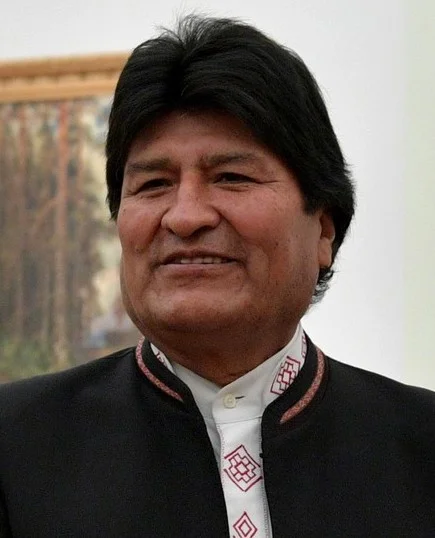
Evo Morales took office as Bolivia’s first indigenous president, representing a historic breakthrough for South America’s native populations. His inauguration symbolized the political empowerment of Bolivia’s indigenous majority.
Morales’s presidency promised sweeping social reforms and resource nationalization policies. His election victory demonstrated the growing political consciousness among indigenous communities across Latin America.
2009 – Obama Orders Guantanamo Bay Closure
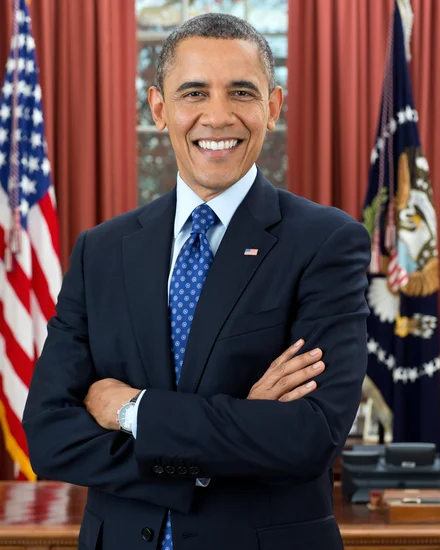
President Barack Obama signed an executive order mandating the closure of the Guantanamo Bay detention facility. This decision reflected his administration’s commitment to reforming counterterrorism policies and restoring international legal standards.
Congressional opposition ultimately prevented the order’s implementation, highlighting the complex political challenges surrounding national security policy. The controversy continued to influence American foreign policy debates for years.
Military and Naval History on January 22
1917 – Wilson Calls for “Peace Without Victory”
President Woodrow Wilson addressed Congress calling for “peace without victory” in the ongoing European conflict. His speech articulated American hopes for a negotiated settlement that would prevent future wars.
Wilson’s diplomatic initiative came as America remained officially neutral in World War I. His idealistic vision would later influence the formation of the League of Nations and modern international relations.
1941 – British Forces Capture Tobruk
British and Commonwealth forces successfully captured the strategic port city of Tobruk from Italian defenders during Operation Compass. This victory secured crucial supply lines and demonstrated Allied operational capabilities in North Africa.
The capture of Tobruk marked a significant turning point in the Desert Campaign. Allied forces gained valuable equipment and prisoners while establishing dominance over Mediterranean shipping routes.
1943 – Allied Victory at Buna-Gona
Australian and American forces achieved decisive victory over Japanese army and navy units in the brutal Battle of Buna-Gona. This hard-fought campaign demonstrated Allied determination to reclaim Pacific territories from Japanese occupation.
The battle’s conclusion marked Japan’s first major defeat on land during World War II. Allied forces learned valuable lessons about jungle warfare that would prove crucial in subsequent Pacific operations.
1944 – Operation Shingle Begins at Anzio
Allied forces launched Operation Shingle, a massive amphibious assault on Anzio and Nettuno, Italy. The operation aimed to outflank German defensive positions and accelerate the liberation of Rome.
Initial landings achieved tactical surprise, but subsequent delays allowed German forces to establish strong defensive positions. The operation became a costly stalemate that lasted for months.
1968 – Operation Igloo White Electronic Surveillance Begins
The United States initiated Operation Igloo White, an ambitious electronic surveillance system designed to monitor communist infiltration into South Vietnam. This technological approach represented a new dimension in warfare intelligence gathering.
The operation deployed thousands of sensors along infiltration routes to detect enemy movement. Advanced technology aimed to provide strategic advantages in the challenging Vietnamese terrain and conflict conditions.
Science and Discovery Milestones on January 22
1968 – Apollo 5 Launches First Lunar Module
Apollo 5 lifted off carrying the first Lunar Module into space, marking a crucial milestone in America’s moon landing program. The unmanned test flight validated essential systems required for future lunar missions.
Engineers monitored the Lunar Module’s performance during orbital operations and engine tests. The successful mission cleared the way for crewed lunar missions and demonstrated NASA’s technological capabilities.
1984 – Apple Macintosh Computer Debuts
Apple introduced the revolutionary Macintosh computer during a memorable Super Bowl XVIII commercial, popularizing the computer mouse and graphical user interface. This launch transformed personal computing and established new industry standards.
The Macintosh made computing accessible to non-technical users through intuitive design and innovative features. Apple’s marketing campaign created unprecedented excitement around personal computer technology and consumer electronics.
1992 – Dr. Roberta Bondar Becomes First Canadian Woman in Space
Space Shuttle Discovery launched on STS-42 carrying Dr. Roberta Bondar, who became the first Canadian woman and first neurologist in space. Her mission conducted important scientific research in microgravity conditions.
Bondar’s achievements inspired countless women to pursue careers in science and space exploration. Her neurological expertise contributed valuable data about human adaptation to space environments.
1998 – Space Shuttle Endeavour Docks with Russian Mir Station
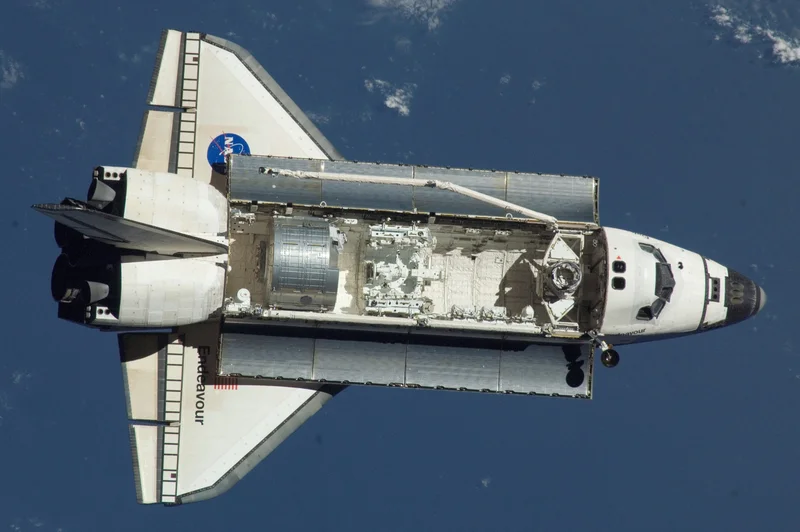
Space Shuttle Endeavour launched on STS-89 to dock with the Russian space station Mir, continuing international cooperation in space exploration. This mission demonstrated successful collaboration between former Cold War adversaries.
The docking operation facilitated crew exchanges and scientific research sharing between American and Russian space programs. International partnerships established precedents for future collaborative projects including the International Space Station.
Cultural and Arts Events on January 22
1927 – First Live Football Radio Commentary
Teddy Wakelam delivered the first live radio commentary of a football match between Arsenal F.C. and Sheffield United at Highbury. This broadcast revolutionized sports entertainment and created new forms of media engagement.
The commentary required innovative techniques to help listeners visualize the action without seeing the match. Wakelam’s pioneering work established broadcasting standards that influenced sports media for decades.
1947 – KTLA Television Station Begins Broadcasting
KTLA began operations as the first commercial television station west of the Mississippi River in Hollywood. This launch marked the expansion of television broadcasting across the American continent.
The station’s debut brought television programming to millions of West Coast viewers for the first time. KTLA’s success demonstrated television’s commercial viability and encouraged nationwide network development.
2024 – Ram Mandir Inaugurated in Ayodhya

Indian Prime Minister Narendra Modi inaugurated the Ram Mandir in Ayodhya, Uttar Pradesh, after five centuries of religious and legal disputes. The ceremony marked the culmination of decades of Hindu nationalist aspirations.
The temple’s construction resolved one of India’s most contentious religious issues through legal and political processes. The inauguration drew millions of devotees and represented a significant moment in contemporary Indian history.
Religious and Social Events on January 22
1905 – Bloody Sunday Sparks Russian Revolution
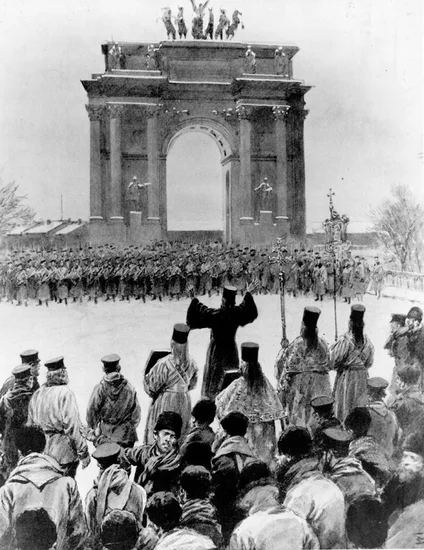
Bloody Sunday erupted in Saint Petersburg when government forces fired on peaceful protesters, killing hundreds and igniting the 1905 Russian Revolution. This tragedy shattered public faith in Tsar Nicholas II’s benevolent rule.
The massacre galvanized opposition movements across the Russian Empire and exposed the regime’s brutality. Revolutionary activities spread throughout the country, forcing the Tsar to implement constitutional reforms and establish the Duma.
1967 – Nicaraguan National Guard Kills Anti-Somoza Demonstrators
The Nicaraguan National Guard opened fire on anti-Somocista demonstrators in Managua, killing dozens to hundreds of protesters. This brutal suppression highlighted the Somoza regime’s authoritarian methods and human rights violations.
The massacre strengthened opposition to the Somoza dictatorship and increased support for revolutionary movements. International criticism of the regime’s brutality contributed to growing calls for democratic reform in Nicaragua.
1987 – Philippine Security Forces Kill Demonstrators
Philippine security forces opened fire on a crowd of 10,000-15,000 demonstrators at Malacañang Palace in Manila, killing thirteen protesters. This violence occurred during widespread opposition to President Ferdinand Marcos’s authoritarian rule.
The killings intensified public anger against the Marcos regime and strengthened the People Power movement. International condemnation of the violence contributed to growing pressure for democratic change in the Philippines.
1999 – Graham Staines and Sons Murdered in India
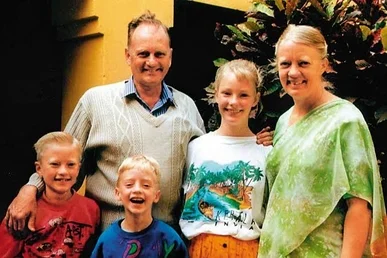
Australian missionary Graham Staines and his two sons were burned alive by radical Hindus while sleeping in their car in Eastern India. This horrific attack shocked the international community and highlighted religious tensions in India.
The murders drew global attention to violence against religious minorities and missionaries in India. The tragedy prompted discussions about religious freedom and the protection of minority communities.
Business and Economic Events on January 22
1970 – Boeing 747 Jumbo Jet Enters Commercial Service
The Boeing 747 “jumbo jet” entered commercial service with Pan American Airways, flying its maiden voyage from New York’s JFK Airport to London Heathrow. This revolutionary aircraft transformed international air travel by dramatically increasing passenger capacity.
The 747’s introduction made air travel more affordable and accessible to millions of people worldwide. Its success established Boeing’s dominance in the commercial aviation market and revolutionized global tourism and business travel.
1957 – New York City “Mad Bomber” Arrested
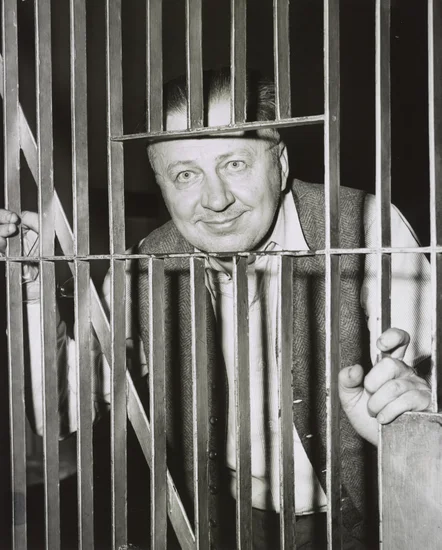
George P. Metesky, known as the “Mad Bomber,” was arrested in Waterbury, Connecticut, and charged with planting more than 30 bombs throughout New York City. His sixteen-year bombing campaign had terrorized the city and challenged law enforcement capabilities.
The arrest came through innovative criminal profiling techniques that helped identify the perpetrator. Metesky’s capture demonstrated the effectiveness of psychological analysis in criminal investigations and established new law enforcement methodologies.
1992 – Rebels Occupy Zaire’s Radio Station
Rebel forces seized Zaire’s national radio station in Kinshasa and broadcast demands for the government’s resignation. This bold action demonstrated the growing opposition to President Mobutu’s authoritarian rule and economic mismanagement.
The radio takeover highlighted the importance of media control in political movements and civil unrest. The incident contributed to mounting pressure for democratic reforms in Zaire’s corrupt political system.
Transportation and Infrastructure on January 22
1906 – SS Valencia Shipwreck Kills Over 130
The SS Valencia ran aground on rocks near Vancouver Island, British Columbia, resulting in the deaths of more than 130 passengers and crew members. This maritime disaster exposed serious deficiencies in coastal navigation and rescue operations.
The tragedy led to significant improvements in maritime safety regulations and rescue equipment standards. Investigations revealed inadequate lifeboats and poor emergency procedures that contributed to the massive loss of life.
1915 – Mexican Train Disaster Kills Over 600
A passenger train carrying over 600 people plunged off tracks into a deep canyon near Guadalajara, Mexico, in one of the deadliest railroad accidents in history. The disaster highlighted the dangerous conditions of Mexico’s railway system during the revolutionary period.
The massive loss of life shocked the nation and revealed inadequate safety measures on Mexican railways. The tragedy prompted calls for improved railroad infrastructure and safety regulations throughout the country.
1973 – Nigerian Boeing 707 Crashes at Kano Airport
A chartered Boeing 707 exploded in flames upon landing at Kano Airport, Nigeria, killing all 176 people aboard. This aviation disaster remains one of the deadliest aircraft accidents in African history.
The crash investigation revealed multiple factors contributing to the tragedy, including mechanical failures and operational errors. The disaster prompted improvements in aviation safety standards and emergency response procedures across Africa.
Sports and Recreation on January 22
1973 – George Foreman Defeats Joe Frazier
George Foreman knocked down champion Joe Frazier six times in the first two rounds before referee Arthur Mercante stopped the fight in Kingston, Jamaica. This devastating victory established Foreman as the new world heavyweight boxing champion.
Foreman’s overwhelming performance shocked the boxing world and demonstrated his incredible punching power. The victory set up his eventual showdown with Muhammad Ali in the famous “Rumble in the Jungle” bout.
1957 – Israel Withdraws from Sinai Peninsula
Israel completed its withdrawal from the Sinai Peninsula following international pressure after the 1956 Suez Crisis. This withdrawal marked the end of the tripartite invasion of Egypt by Israel, Britain, and France.
The withdrawal came after intense diplomatic pressure from the United States and Soviet Union. Israel’s compliance with international demands helped establish UN peacekeeping forces in the region.
1995 – Beit Lid Suicide Bombing
Two Palestinian suicide bombers from Gaza killed 19 Israeli soldiers at a military transit point near Netanya in central Israel. This attack marked a significant escalation in violence during the Israeli-Palestinian conflict.
The bombing occurred during a critical period in the Oslo peace process and threatened ongoing negotiations. The attack demonstrated the challenges facing peacemakers and the persistence of extremist violence.
Notable Births on January 22
1904 – George Balanchine, Revolutionary Choreographer
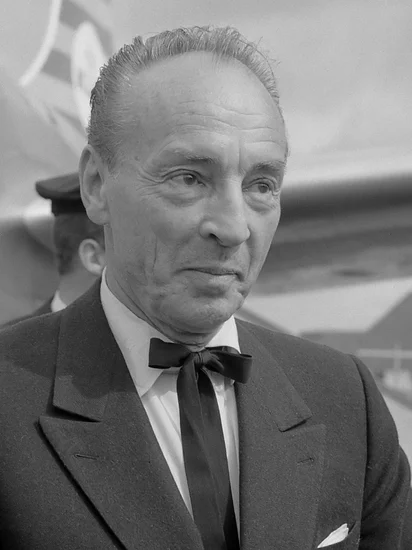
George Balanchine was born in Saint Petersburg, Russia, and would become one of the most influential choreographers in ballet history. His innovative approach to dance combined classical technique with modern sensibilities.
Balanchine co-founded the New York City Ballet and created over 400 works that transformed American ballet. His neoclassical style influenced generations of dancers and choreographers worldwide.
1908 – Lev Landau, Nobel Prize-Winning Physicist
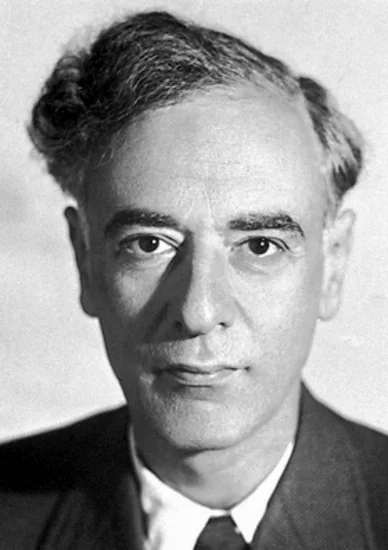
Lev Landau was born in Baku, Azerbaijan, and became one of the most brilliant theoretical physicists of the twentieth century. His contributions to quantum mechanics and condensed matter physics earned him international recognition.
Landau received the Nobel Prize in Physics in 1962 for his pioneering theories concerning condensed matter. His textbooks on theoretical physics became standard references for students and researchers worldwide.
1931 – Sam Cooke, Soul Music Pioneer
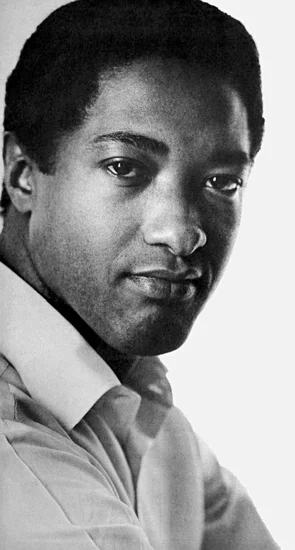
Sam Cooke was born in Clarksdale, Mississippi, and became known as the “King of Soul” for his smooth vocal style and crossover appeal. His music bridged gospel, pop, and R&B genres with unprecedented success.
Cooke’s songs including “A Change Is Gonna Come” became anthems of the Civil Rights Movement. His business acumen and artistic vision helped establish greater creative and financial control for African American artists.
1940 – John Hurt, Acclaimed English Actor
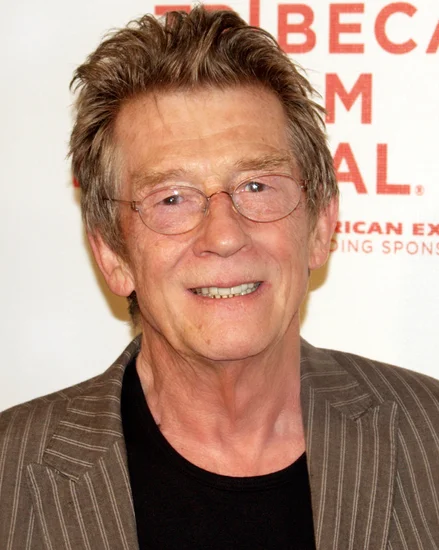
John Hurt was born in Chesterfield, England, and became one of Britain’s most respected character actors. His distinctive voice and intense performances made him a favorite among directors and audiences alike.
Hurt appeared in over 200 films and television productions, including “The Elephant Man” and “Harry Potter.” His versatility allowed him to excel in both dramatic and fantasy roles throughout his career.
1949 – Steve Perry, Journey’s Lead Singer
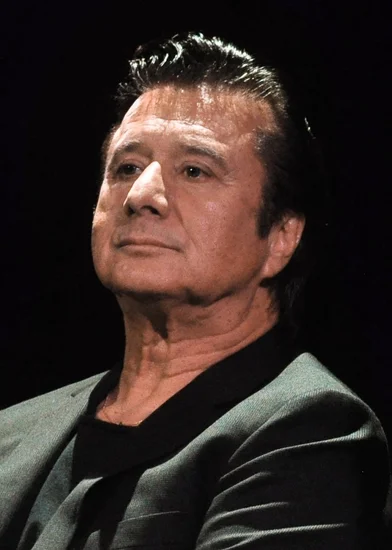
Steve Perry was born in Hanford, California, and became the iconic lead vocalist of the rock band Journey. His powerful voice and emotional delivery helped define the arena rock sound of the 1970s and 1980s.
Perry’s vocals on hits like “Don’t Stop Believin'” and “Open Arms” made Journey one of America’s most successful rock bands. His distinctive style influenced countless rock singers and continues to inspire new generations.
1965 – Diane Lane, Acclaimed American Actress

Diane Lane was born in New York City and began her acting career as a teenager in the late 1970s. Her natural talent and screen presence quickly established her as one of Hollywood’s most promising young actresses.
Lane’s performances in films like “Unfaithful” and “Under the Tuscan Sun” showcased her range and maturity as an actress. Her career has spanned over four decades with consistent critical acclaim and commercial success.
1968 – Guy Fieri, Celebrity Chef and Television Host

Guy Fieri was born in Columbus, Ohio, and became one of America’s most recognizable food personalities. His enthusiastic hosting style and distinctive appearance made him a fixture on the Food Network.
Fieri’s show “Diners, Drive-Ins and Dives” celebrates American comfort food and local restaurants across the country. His genuine appreciation for food and restaurateurs has made him a beloved figure in culinary television.
Notable Deaths on January 22
1901 – Queen Victoria, British Monarch
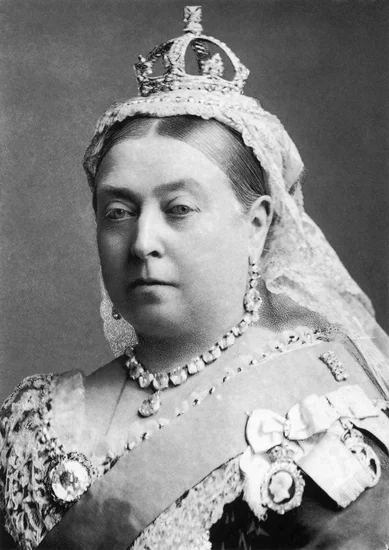
Queen Victoria died at age 81 after reigning for 63 years, the longest reign in British history at that time. Her death marked the end of the Victorian era and the beginning of significant social and political changes.
Victoria’s reign witnessed the expansion of the British Empire and the Industrial Revolution’s transformative effects. Her influence on British culture and society earned her the title “Grandmother of Europe” through her many royal descendants.
1922 – Pope Benedict XV, Wartime Pontiff
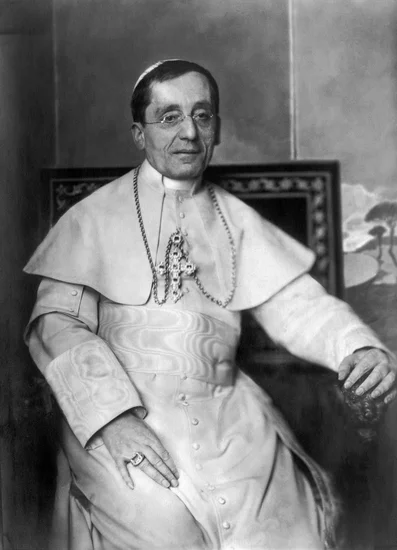
Pope Benedict XV died after leading the Catholic Church through World War I and its aftermath. His pontificate focused on peace efforts and humanitarian relief during one of history’s most devastating conflicts.
Benedict XV’s diplomatic initiatives aimed to end the war and provide aid to victims on all sides. His efforts to maintain Vatican neutrality while addressing human suffering established important precedents for papal diplomacy.
1973 – Lyndon B. Johnson, 36th President of the United States

Lyndon B. Johnson died at his Texas ranch at age 64, four years after leaving the presidency. His complex legacy included landmark civil rights legislation and the escalation of the Vietnam War.
Johnson’s “Great Society” programs expanded federal involvement in education, healthcare, and poverty reduction. His presidency demonstrated both the potential and limitations of American political power during the turbulent 1960s.
2008 – Heath Ledger, Australian Actor

Heath Ledger died at age 28 from an accidental overdose of prescription medications, shocking the entertainment industry and his millions of fans worldwide. His death cut short one of the most promising acting careers of his generation.
Ledger’s final performance as the Joker in “The Dark Knight” earned him a posthumous Academy Award. His intense method acting approach and commitment to his craft established him as one of cinema’s most talented performers.
2010 – Jean Simmons, English-American Actress

Jean Simmons died at age 80 after a distinguished career spanning over six decades in film and television. Her beauty, talent, and versatility made her one of Hollywood’s most respected actresses.
Simmons appeared in classics like “Spartacus” and “Guys and Dolls,” earning Academy Award nominations for her performances. Her transition from British films to Hollywood stardom demonstrated her remarkable adaptability and professionalism.
2018 – Ursula K. Le Guin, Science Fiction and Fantasy Author
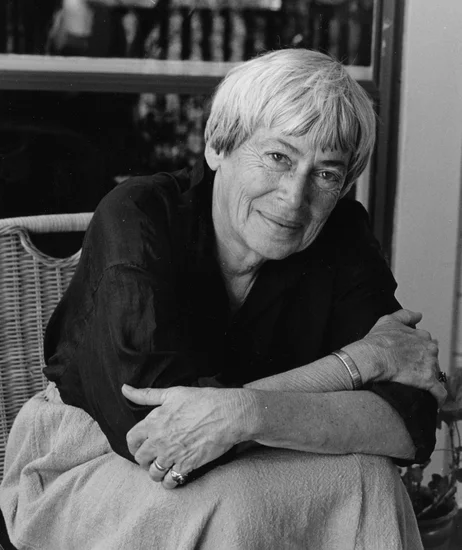
Ursula K. Le Guin died at age 88 after revolutionizing science fiction and fantasy literature through her imaginative worlds and philosophical depth. Her works explored themes of gender, politics, and human nature with unprecedented sophistication.
Le Guin’s “Earthsea” series and “The Left Hand of Darkness” challenged genre conventions and expanded literature’s possibilities. Her influence on contemporary fantasy and science fiction writers continues to shape these genres today.
Holidays and Observances on January 22
Day of Unity of Ukraine
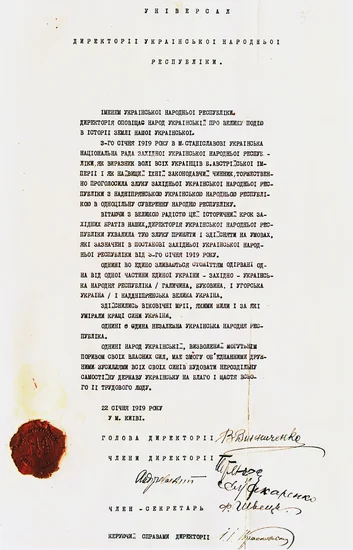
Ukraine observes the Day of Unity commemorating the 1919 Act Zluky, which unified the Ukrainian People’s Republic and the West Ukrainian National Republic. This national holiday celebrates Ukrainian territorial integrity and independence aspirations.
The observance gained renewed significance following Ukraine’s 1991 independence and subsequent territorial challenges. Citizens participate in unity ceremonies and cultural events that reinforce national identity and historical memory.
Grandfather’s Day in Poland
Poland celebrates Grandfather’s Day as a special occasion honoring grandfathers and their contributions to family life. This observance complements Grandmother’s Day and strengthens intergenerational bonds within Polish families.
Grandchildren traditionally prepare gifts, cards, and special activities to show appreciation for their grandfathers. The celebration emphasizes the importance of elderly family members in Polish culture and society.
Christian Feast Days
The Christian calendar commemorates multiple saints on January 22, including Vincent of Saragossa, Vincent Pallotti, and Blessed William Joseph Chaminade. These observances honor religious figures who made significant contributions to Christian faith and practice.
Churches worldwide conduct special services and prayers recognizing these saints’ spiritual legacies. The feast days provide opportunities for religious reflection and inspiration for contemporary Christian communities.
